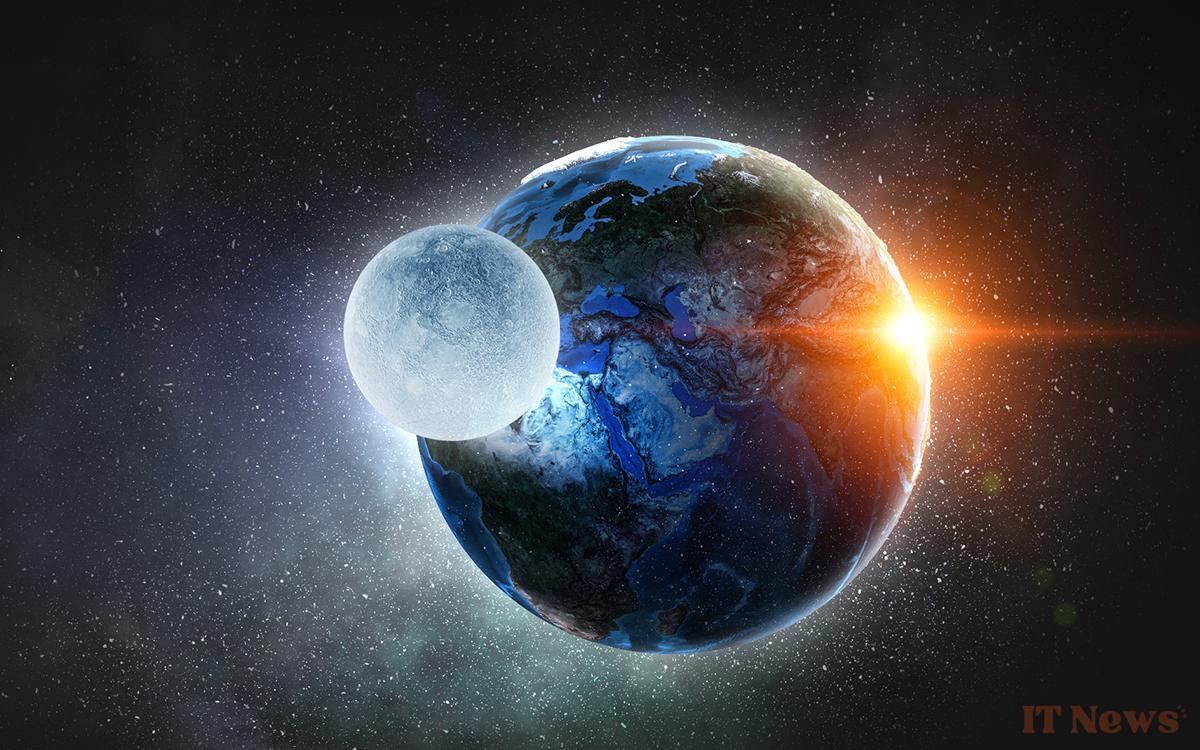Our solar system may not be as isolated as once thought. Researchers estimate that as many as a million objects from other stars may be floating around its periphery, trapped by the Sun's gravity. Invisible with our current telescopes, these mysterious travelers could reveal many secrets about the space around us.
For decades, astronomers have been scanning the sky the search for celestial bodies from other stars. Only two interstellar objects have been officially detected in our solar system. Yet these discoveries suggest that our cosmic neighborhood may be much busier than previously thought. If these objects from elsewhere really exist, it means that our system interacts with the rest of the galaxy much more than previously thought.
A new study suggests that more than a million interstellar objects may be lurking in the outer reaches of the solar system. Unlike classic asteroids and comets, these celestial bodies would have traveled colossal distances before being slowed down and trapped by the Sun. Some would even come from Alpha Centauri, the closest star to Earth, located about 4.3 light years away. If this hypothesis is confirmed, our system would therefore not be as isolated than previously thought.
Millions of interstellar objects are believed to be trapped in the Oort Cloud
Researchers believe that these interstellar objects are located in the Oort Cloud, a vast icy region at the outer edge of the solar system. Unlike 'Oumuamua and Borisov, which moved at high speeds before returning to space, these bodies were captured by the sun's gravity and remained there. Their detection is currently impossible with our telescopes, but their presence is considered probable. Their study could allow us to learn more about the origin and composition of these visitors from another world.
The study also suggests that particles from other stars regularly pass through our atmosphere. Each year, at least ten grains of interstellar dust would burn up upon entering Earth. This phenomenon confirms that the transfer of matter between stellar systems is more frequent than expected. Some of these fragments could even contain elements that contributed to the formation of planets. This means that our own system could be influenced by material from distant stars for billions of years.
Source: arXiv:2502.03224 [astro-ph.EP]




0 Comments